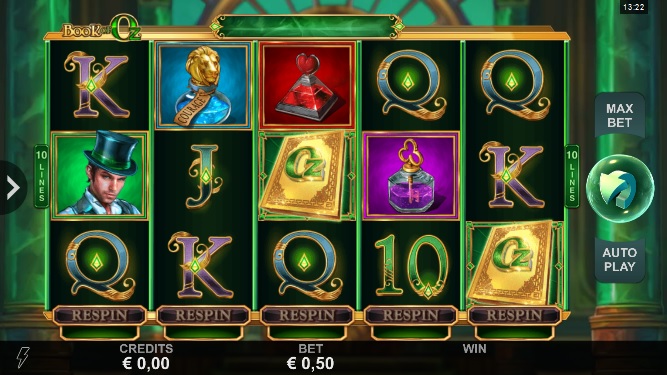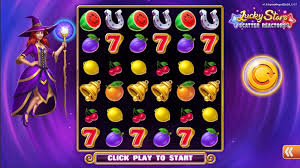The Magical World of Lucky Star

The Magical World of Lucky Star
Welcome to the universe of lucky star lucky star, a delightful anime series that captivates audiences with its blend of comedy, slice-of-life storytelling, and the intricacies of youth. Lucky Star is not just an anime; it’s a celebration of everyday life, friendships, and the small quirks that make existence so vibrant.
The series, originating from the popular four-panel manga by Kagami Yoshimizu, made its anime debut in 2007. While it may initially appear to be a simple story about high school girls, it delves deeper into the minutiae of their lives, filled with relatable humor and cultural references that resonate with otaku and casual viewers alike.
Characters that Shine
At the heart of Lucky Star are its endearing characters. The show primarily revolves around four high school girls: Konata Izumi, Tsukasa Hiiragi, Kagami Hiiragi, and Miyuki Takara. Each character brings her unique charm, contributing to the dynamics of the group while representing different facets of modern Japanese youth culture.
Konata, the protagonist, is a quintessential lazy student with a passion for video games and anime. Her laid-back attitude contrasts sharply with her hardworking friend, Kagami, who often finds herself exasperated by Konata’s antics. Tsukasa, the gentle and somewhat air-headed twin sister of Kagami, often provides a comic foil to their interactions, while Miyuki, the studious and polite member of the group, adds a layer of sophistication and charm.
The character dynamics are marked by witty banter, heartwarming moments, and relatable struggles, making viewers feel connected to their experiences. This relatability, combined with the unique animation style and clever dialogue, makes Lucky Star a beloved series among fans.

Cultural References and Parody
One of the standout features of Lucky Star is its rich tapestry of cultural references that spans anime, video games, and traditional Japanese culture. From casual nods to iconic series to deeper discussions on the nuances of being an otaku, the show serves as both a parody and homage to the culture that surrounds it.
Episodes often feature discussions about popular anime tropes, manga, and even the characters’ favorite shows, inviting viewers to both laugh and reflect. This self-referential humor not only makes it enjoyable for seasoned anime fans but also draws in those new to the medium, fostering a shared appreciation for Japanese pop culture.
The Slice-of-Life Genre
At its core, Lucky Star embodies the slice-of-life genre, celebrating the mundane yet joyous moments of daily experiences. The series captures the essence of friendships, school life, and the little things that bring happiness. It’s not always about grand adventures or dramatic conflicts; instead, it focuses on the beauty of ordinary life.
Everyday situations—like studying for finals, attending festivals, or enjoying a night out with friends—are depicted with a refreshing light-heartedness. This focus on the simplicity of life resonates deeply with audiences, showcasing how every moment, big or small, holds significance.
Art Style and Animation

The art style of Lucky Star is instantly recognizable, characterized by its vibrant colors and distinctive character designs. These elements contribute to the overall charm and appeal of the series. The animation, while simple, effectively captures expressions and movements, enhancing the comedic timing and emotional depth of the characters.
The animation quality remains consistent throughout the series, ensuring that viewers remain engaged and entertained, even during more dialogue-heavy scenes. The studio, Kyoto Animation, is renowned for its artistic flair, and Lucky Star is no exception, showcasing their ability to blend humor with a captivating visual style.
Impact on the Anime Industry
Since its release, Lucky Star has left a significant mark on the anime industry. It has influenced a multitude of works that followed, popularizing its unique blend of slice-of-life storytelling and comedic references. The series inspired various merchandise, video games, and spin-offs, further entrenching its status within the anime community.
Additionally, Lucky Star’s legacy can be seen in contemporary anime series that use similar structural approaches and character dynamics. It serves as a template for how to weave humor and relatability into storytelling, showcasing the importance of capturing the essence of youth culture in animation.
Conclusion
In conclusion, Lucky Star remains a beloved series that continues to resonate with audiences today. Its charming characters, rich cultural references, and dedication to showcasing the beauty found in everyday life make it a timeless classic. For those new to the world of anime, Lucky Star serves as an excellent entry point, offering laughs, lessons, and a glimpse into the heart of Japanese culture. Whether you’re a long-time fan or a curious newcomer, there’s something magical about the world of Lucky Star that invites everyone to join in on the fun.
